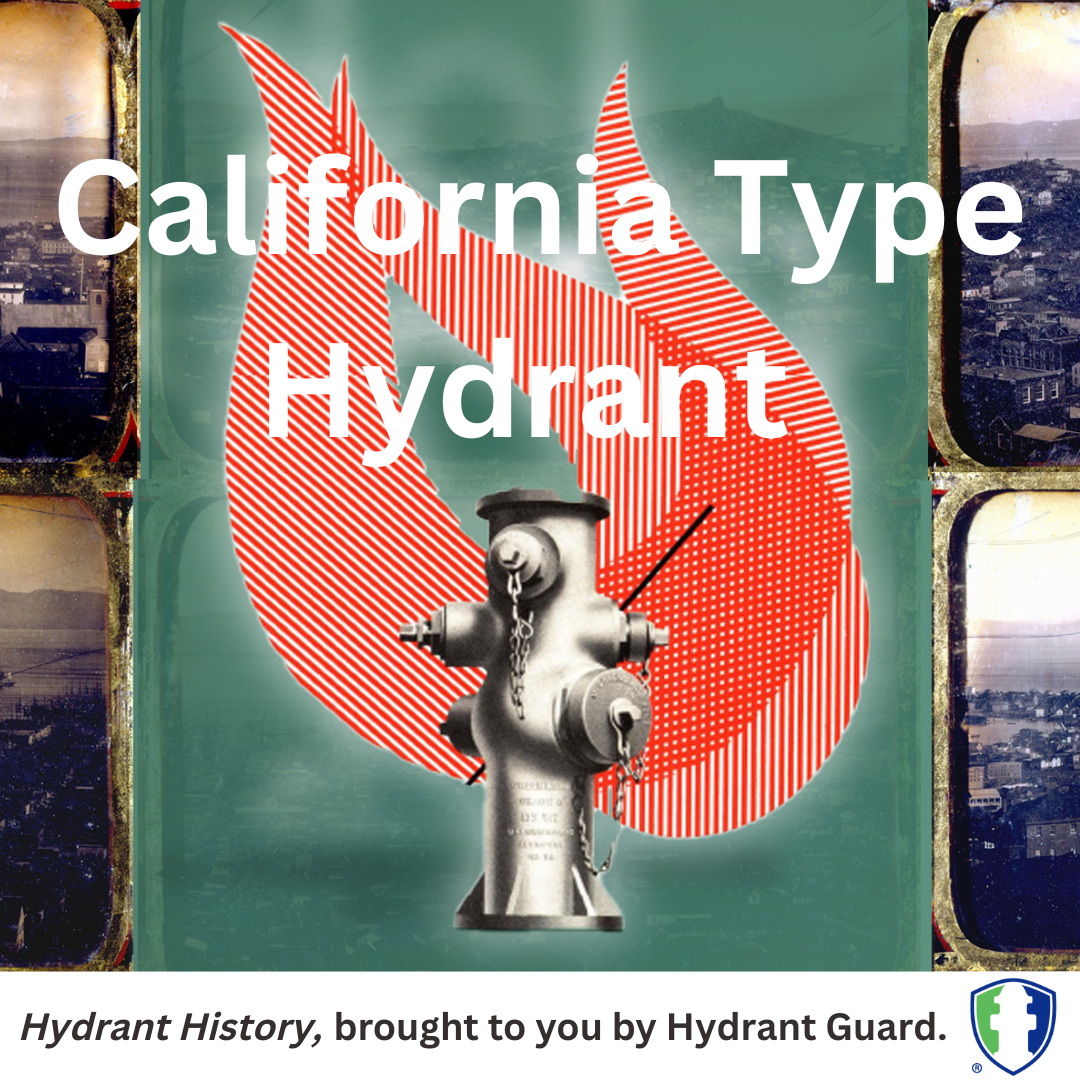Until 1850, hydrant innovation focused on dry-barrel designs that worked well in the cold. But California’s climate called for different types of fire hydrants.

San Francisco was reeling from a destructive blaze in 1851. At that time, there were no fire insurance companies: what was lost in the fire was lost forever. The city didn’t even have underground water networks. A new series of projects topped the municipal agenda: digging wells, channeling water, and casting hydrants. They just needed the right manufacturer for the job: who would step up?
Morris Greenberg emigrated to the US from Poland to make it rich in the Gold Rush. By the time he arrived via France, California was overrun with prospectors. Greenberg had to pivot: from his time apprenticing in a French foundry, he knew gold wasn’t the only fortune-making metal. He wasted no time opening a foundry in San Francisco: Eagle Brass Works. Soon he was casting hydrants and hydrant accessories, based on a new wet-barrel design.
Greenberg’s ‘California Type’ fire hydrant was a hit. With all mechanical parts above ground, installing a fire hydrant had never been easier. Compared with dry-barrel, they were a cinch to maintain: simply unbolt the bonnet to service the valves. No digging required, and no more turning the hydrant on and off to add or remove hoses, as outlet valves and nozzles operated independently. No one welcomed these hydrants like early volunteer firemen: the teams who pitched up to fight fires were compensated based on how much of the burning structure they saved from ruin.

Over its history, Californians have favored different types of hydrants. Shand and Jurs of Berkeley enjoyed success with an improved wet-barrel around WW2. Long Beach Iron Works manufactured high-quality hydrants for years. Greenberg’s hydrants enjoyed an almost century-long heyday: the model 64, designed in 1964 in partnership with the East Bay Municipal Utilities District, still holds a place in the hydrant hall-of-fame.
Greenberg’s design laid the (above)-groundwork for CA’s use of the wet-barrel hydrant. This design is still prevalent today throughout the Sunshine State, as well as in Hawaii and parts of Nevada and Arizona. But despite the many advantages of above-grade hydrants, wet-barrel installations present unique challenges.
One of those challenges led to the development of Hydrant Guard, and will be the focus of the next episode of Hydrant History. Stay tuned!


